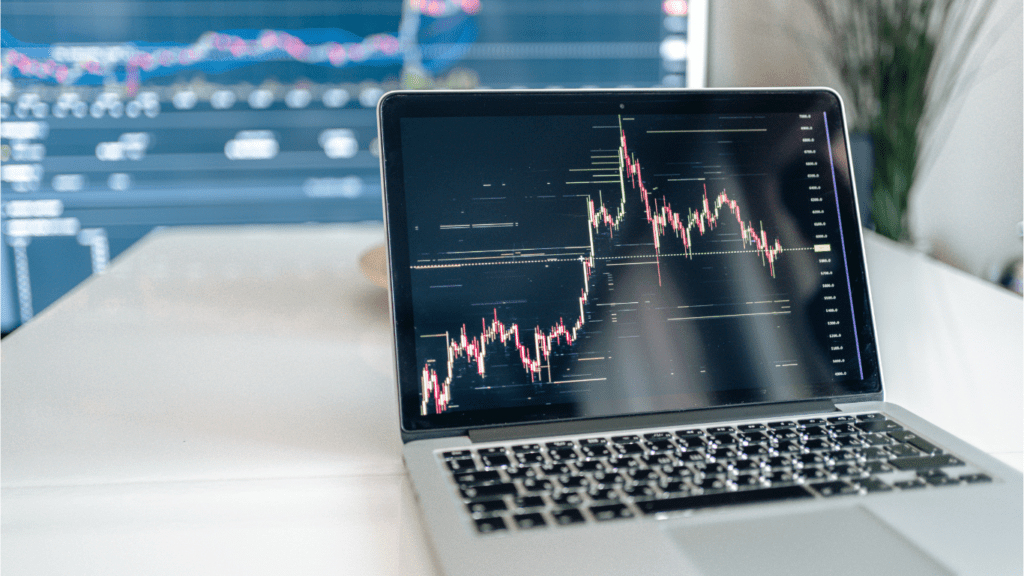Current Market Landscape
Today’s market landscape is marked by rapid technological integration across sectors. In recent years, industries like healthcare, finance, and retail have seen significant advances. For instance, digital health technologies are revolutionizing patient care, while fintech innovations are reshaping payment systems. Retail experiences are becoming more immersive with augmented reality solutions.
Shifts in consumer preferences are influencing this terrain significantly. A rise in demand for eco-friendly products has driven companies to adopt sustainable practices. I see more brands committing to green initiatives, responding to consumer calls for environmental conservation.
Geopolitical dynamics also play a role, affecting global supply chains and market stability. Trade agreements, economic policies, and international relations are constantly reshaping the commercial landscape. Businesses need to monitor these developments to mitigate risks and harness potential opportunities.
Key Drivers of Market Momentum

Several key factors are shaping the current market momentum. These drivers include advancements in technology, influences of economic factors, and shifts in consumer behavior.
Technological Advancements
Rapid technological innovation consistently impacts various markets. The integration of artificial intelligence, for example, enhances decision-making processes and operational efficiency across industries. Blockchain technology is disrupting traditional financial services by enabling more secure transactions. In retail, e-commerce platforms leveraging machine learning personalize shopping experiences, increasing customer satisfaction and driving sales.
Economic Factors
- Economic factors significantly influence market momentum.
- Interest rates, for instance, directly affect consumer spending and business investment, altering market dynamics.
- Inflation levels dictate pricing strategies as companies adjust to maintain profitability.
Additionally, shifts in employment rates impact consumer purchasing power, leading to fluctuations in market demand and supply balance.
Consumer Behavior Shifts
Changes in consumer behavior reshape market landscapes. The growing emphasis on sustainability drives demand for eco-friendly products, prompting companies to innovate with greener solutions. There’s an increasing preference for personalized experiences, pushing businesses to tailor offerings to individual needs. The rise of digital-native consumers accelerates the adoption of online shopping, influencing retail market trends and distribution strategies.
Emerging Market Trends
Market dynamics continue to evolve, driven by innovation and consumer demand. Here, I delve into key trends shaping industries today.
Green Energy and Sustainability
Green energy initiatives are becoming central to corporate strategies.
- Solar and wind energy are now more prevalent, with some companies sourcing over 50% of their energy from sustainable resources.
- The push for carbon neutrality drives businesses to reduce emissions and opt for renewable materials.
- Implementing circular economies and recycling initiatives further shows a commitment to eco-friendly operations.
Remote Work and Digital Transformation
Remote work has become a standard practice for many businesses, spurring digital transformation. Cloud technologies, such as service-oriented architectures, are expanding access and efficiency. In 2023, over 70% of US businesses offered flexible work arrangements. Enterprises now prioritize secure remote connections and collaborative platforms to enhance productivity. Automation tools also streamline processes, reducing operational costs.
E-commerce Expansion
E-commerce is expanding rapidly, fueled by growing online shopping trends and digital payment solutions. By 2023, online retail sales accounted for over 20% of total retail sales globally. Key innovations include AI-driven personalization, which enhances customer experiences, and same-day delivery services, which improve consumer convenience. Businesses focus on mobile-first strategies as over 50% of transactions occur on mobile devices.
Challenges and Opportunities
Understanding current market challenges and opportunities is crucial in navigating the business landscape. Key areas like supply chain disruptions and inflationary pressures are shaping the momentum right now.
Supply Chain Disruptions
Supply chain disruptions continue as a significant challenge affecting industries worldwide. Factors like international trade tensions and transportation bottlenecks disrupt operations. For example, delays in shipping and logistics become common, affecting inventory levels and product availability. These disruptions push companies to reevaluate their supply chain strategies. Adopting localized sourcing and diversifying suppliers are two tactics businesses explore to enhance resilience.
Inflationary Pressures
Inflationary pressures impact consumer spending and business profitability. Rising costs in raw materials and labor lead to increased expenses for producers. As prices rise, consumers may reduce spending, affecting demand for non-essential goods. Businesses face the challenge of maintaining profit margins while avoiding significant price hikes. Strategies like cost-cutting measures and efficiency improvements become essential for managing inflation’s impact and seizing economic opportunities.

 Caitlin Grove brought her expertise in communication and content strategy to Funds Fortune Roll, crafting engaging and educational articles that resonate with a diverse audience. Her ability to break down sophisticated financial concepts into relatable and actionable advice has helped the platform connect with both novice and seasoned investors. Caitlin's dedication to delivering high-quality content has been instrumental in the success of Funds Fortune Roll.
Caitlin Grove brought her expertise in communication and content strategy to Funds Fortune Roll, crafting engaging and educational articles that resonate with a diverse audience. Her ability to break down sophisticated financial concepts into relatable and actionable advice has helped the platform connect with both novice and seasoned investors. Caitlin's dedication to delivering high-quality content has been instrumental in the success of Funds Fortune Roll.